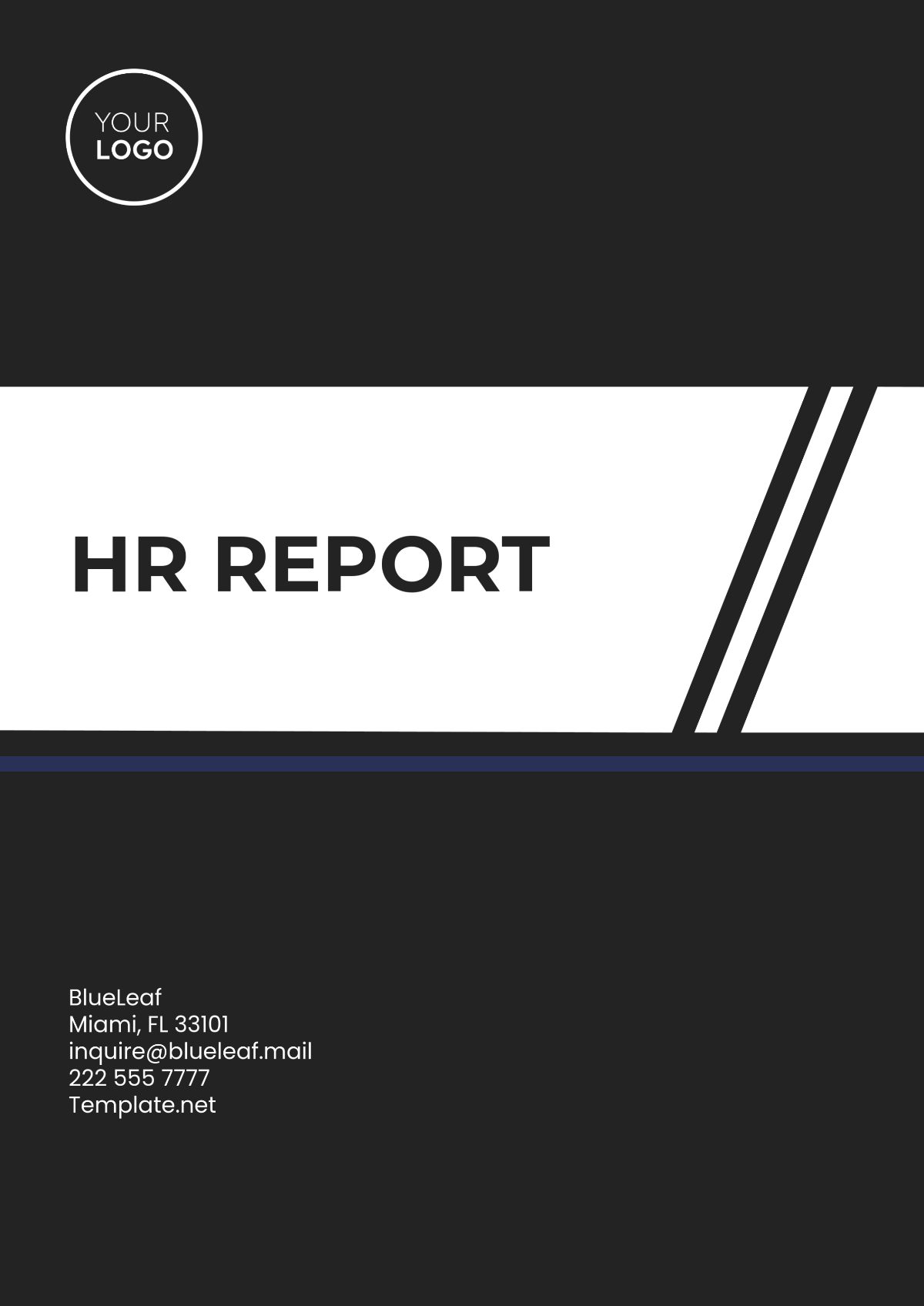Free Air Quality Report HR
Elevate your HR practices with the Air Quality Report HR Template from Template.net. This editable and customizable document seamlessly integrates into your workflow, providing a comprehensive snapshot of air quality data. Utilize the intuitive AI Editor Tool to tailor reports, ensuring a healthier and more informed workplace for your team. Breathe easy, work confidently.


















